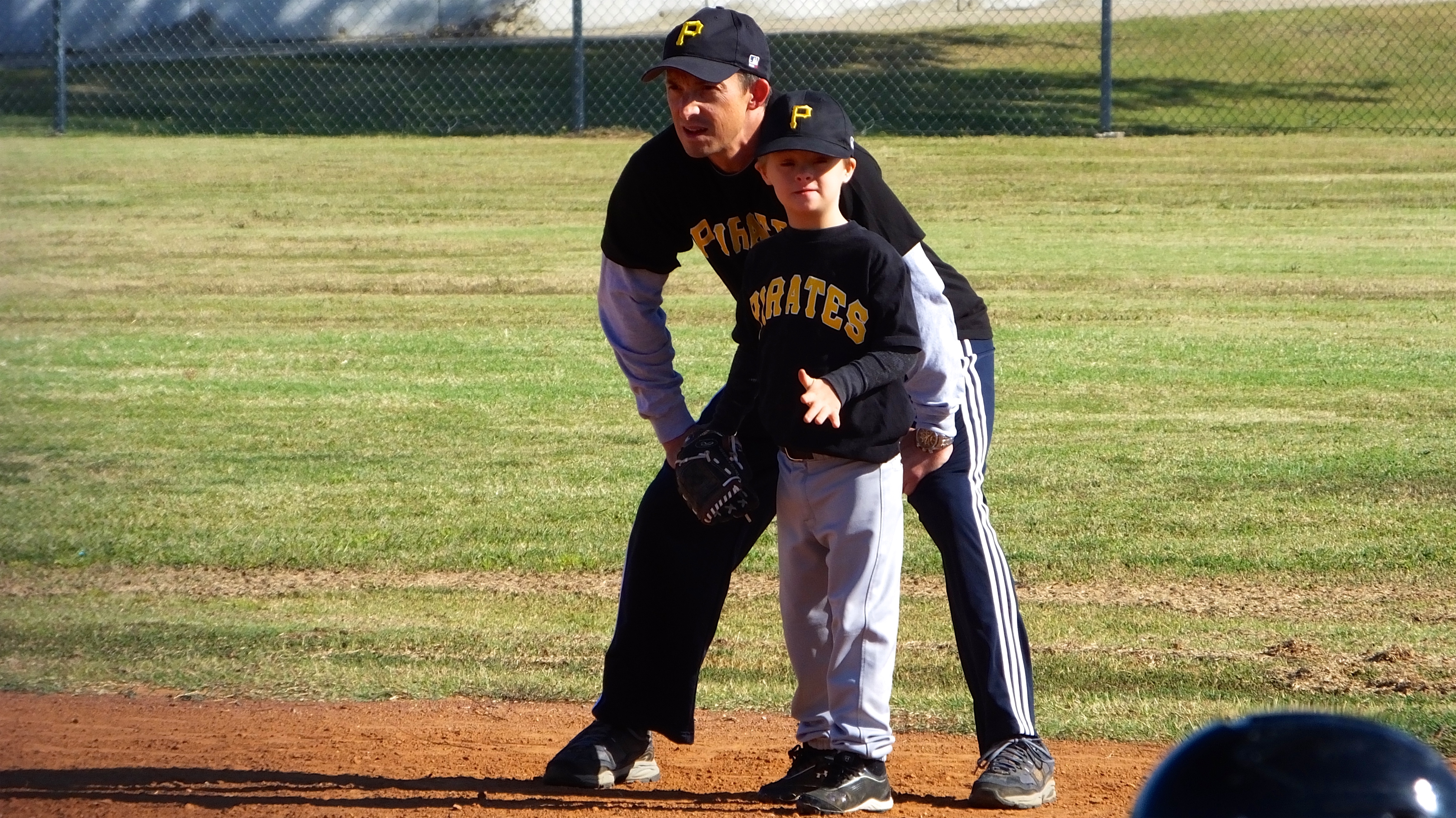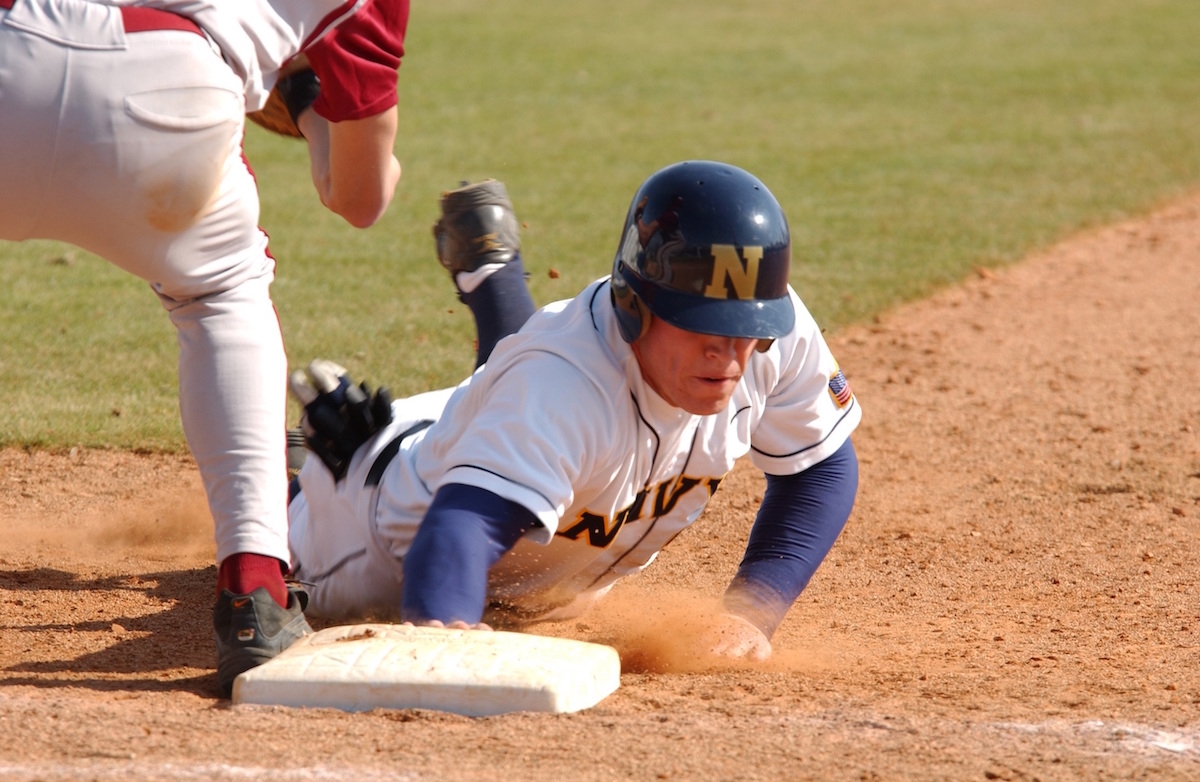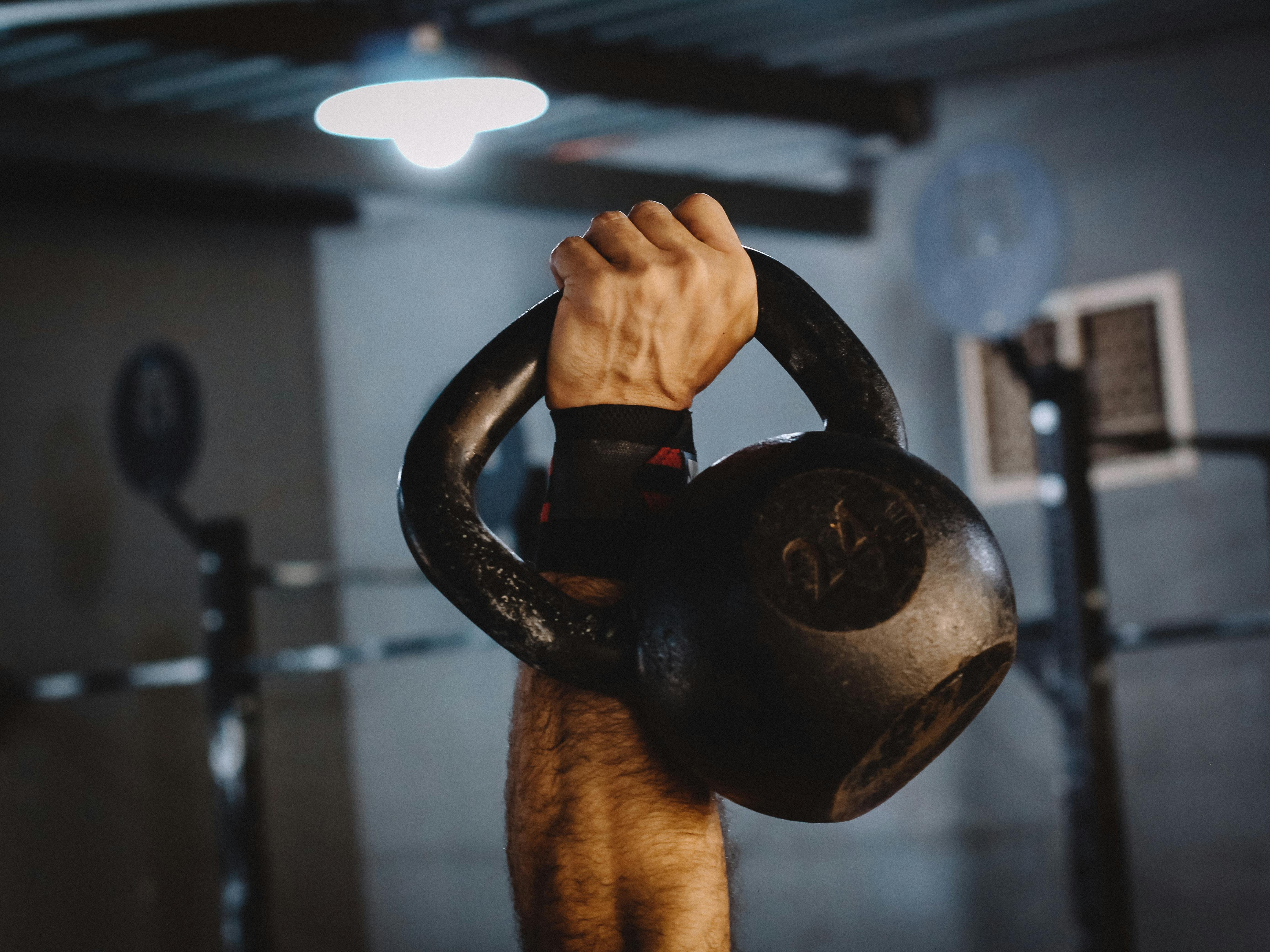In strength and conditioning, we like to emphasize the need to treat children and adults differently. Lots of reasons for this including safety, lack of an ability to focus, injury potential (both real and imagined), lack of proper hormones, etc. What can be unclear from the literature is how children are different from adults and what implications this should have for their training. Waugh et al, in the April issue of Medicine and Science in Sports and Exercise examined how age impacts the plantar flexors and the Achilles tendon.
This study used 47 children (mean age 8.3 years old), 10 men (mean age 27 years old) and 9 women (mean age 25.3 years old). The children were divided into groups based upon age; 5-6 year olds, 7-8 year olds, and 9-10 year olds. The authors looked at Achilles tendon stiffness; rate of force production, the time lag between muscle activation and force production (called the electromechanical delay) were measured using the medial aspect of the gastrocnemius.
The first thing to point out is that in adults the authors did not find that gender had an impact, so during the analysis the men and women are grouped together. There are interesting differences between children and adults:
• Tendon stiffness increases with age. Compared to adults, the children had an Achilles tendon stiffness that was between 57% and 202% lower. As children increased in age so do did their tendon stiffness.
• The electromechanical delay decreased with age. Compared to adults, children had an electromechnanical delay that was between 32% and 48% lower. Again, as children increased in age their electromechanical delay decreased.
• The rate of force production increased from childhood to adulthood.
Before discussing possible implications, it’s important to note that we don’t know anything about the subjects. By this I mean we don’t know if they are athletes, their training status, etc. It’s possible that more highly trained children and adults (or less highly trained) would have scored differently. For example, if the 7-8 year olds had been exposed to some sprints or low-level plyometrics, then their values might have changed.
This article reinforces something very important for strength and conditioning professionals; children are different than adults. We know from previous research that children respond best to greater variety, moderate volumes, and different intensity levels that adults. What this article does is that it demonstrates that children’s nervous systems work a little differently than adults. Children have a lower rate of force production and a greater delay between the activation of the muscle and its force production. In addition, their tendons aren’t as stiff. The combination of the three really limit their ability to generate power, sprint fast, and utilize elastic energy (this is why the tendon stiffness is important).
Waugh, C.M., Korff, T., Fath, F., and Blazevich, A.J. (2013). Rapid force production in children and adults: Mechanical and neural contributions. Medicine and Science in Sports and Exercise, 45(4): 762-771.




